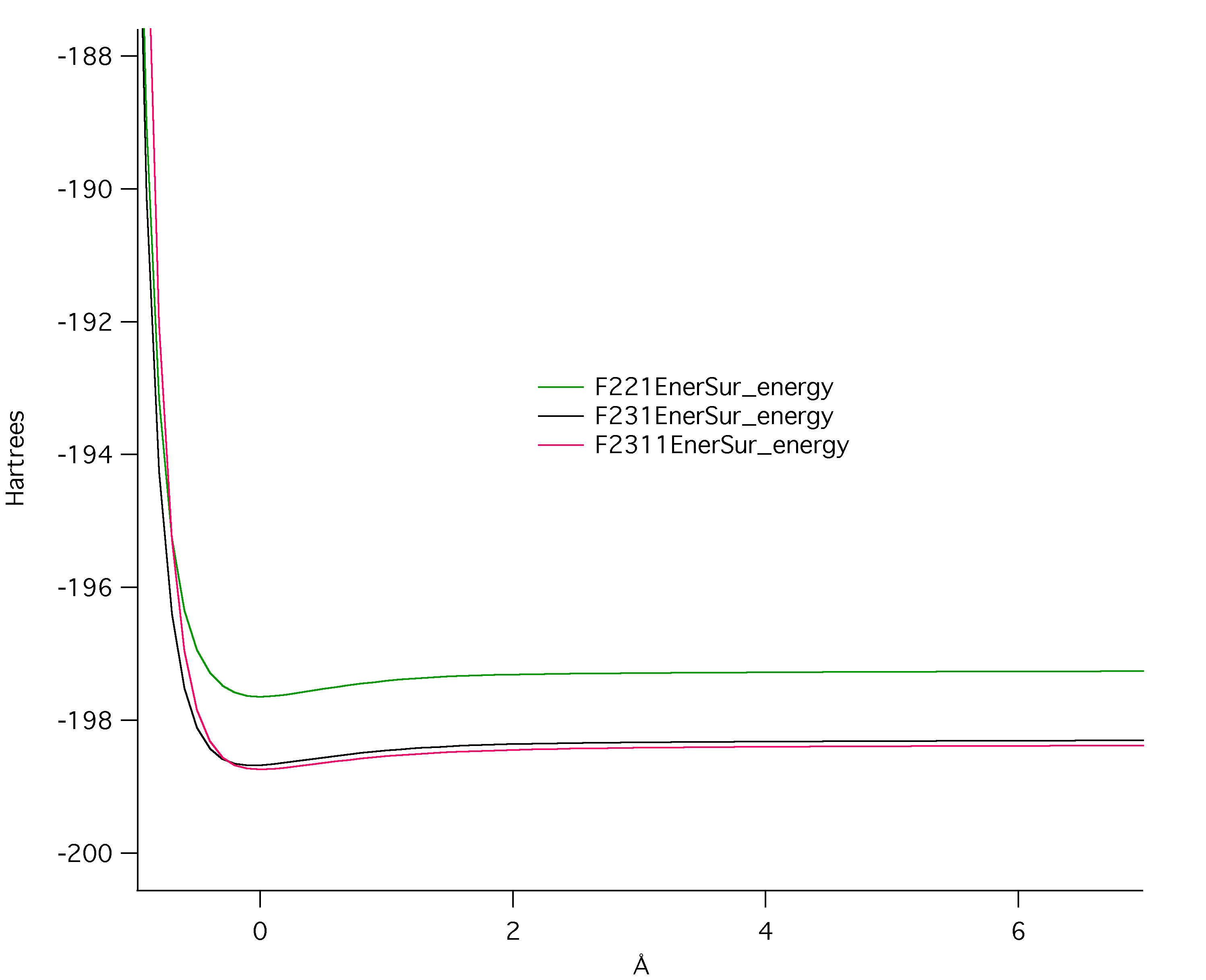In
the quest for supremacy over nature, humans have examined the building blocks of nature, atoms and molecules.
Various
models have been created to explain the behavior of atoms, or more to
the point electrons. Electrons' interactions with each other and the
nuclei they surround have been successfully described with the advent
of Quantum Mechanics, the great leap that matter, e.g., electrons,
behave as both particles and waves. Electrons can be descibed as
standing waves, described by wave functions. These functions are a
result of combining classical wave mechanics with the De Broglie's
break through realization that matter, as well as Electromagnetic
Radiation, or light, have a wavelength i.e. the wavelength = Plank's
Constant divided by the momentum of the particle.
Following this
logic, wave functions that describe electrons can be derived and from
these, models that combine wavefunctions for electrons and how they
effect each other have been created. In turn, sofware packages, such as
General Atomic and Molecular Electronic Structure System (GAMESS), have
been written to calculate the behavior of the electrons in atoms and
molecules.
This webpage outlines some of the uses made of this software in calculating properties for Fluorine, Phenol and Water.
The
below links display the optimized (lowest, most stable energetically)
geometries, some of the vibrations and the Highest Occupied Molecular
Orbital
Notice
the various vibrations listed with links to the NIST webbook are only
approximately correlated to the experimental values. This reflects some
of the limitations of the software package.
Fluorine
Phenol
Water
Below
is the graph, called a surface in GAMESS, of the potential energy in
Hartrees (1 Hartree = 2625.5 kJ/mol), vs. bond length between the two
Fluorine atoms. The dip in energy shows the ideal bond length. The
strange thing about this calculated value is that one would expect the
potential energy to go 0 as the bond length increased to infinity.

